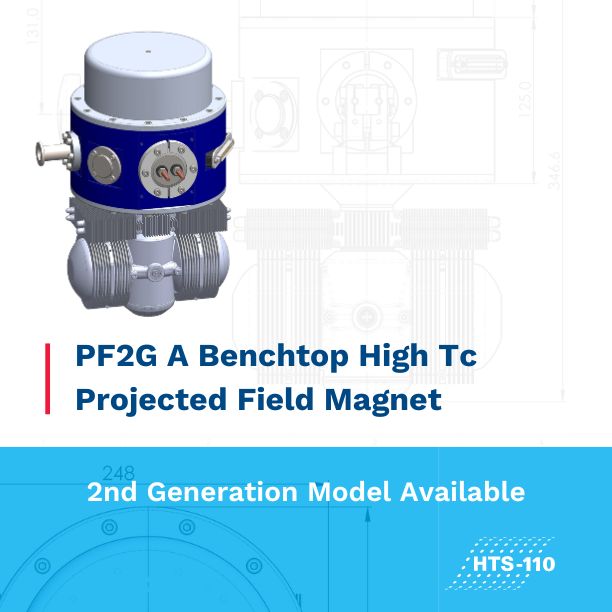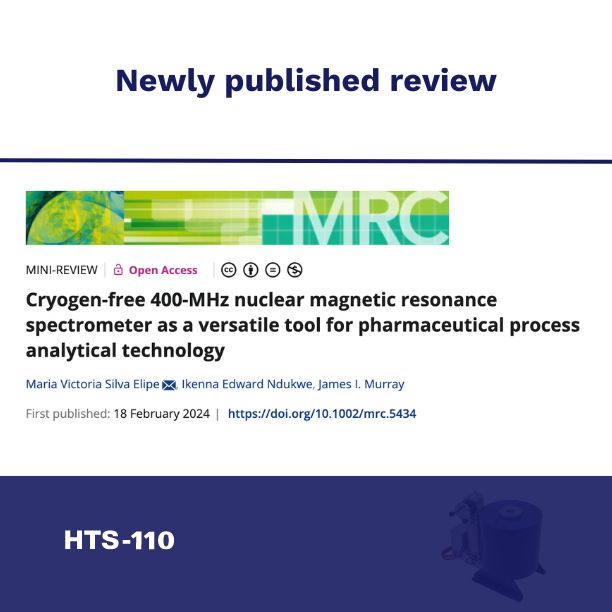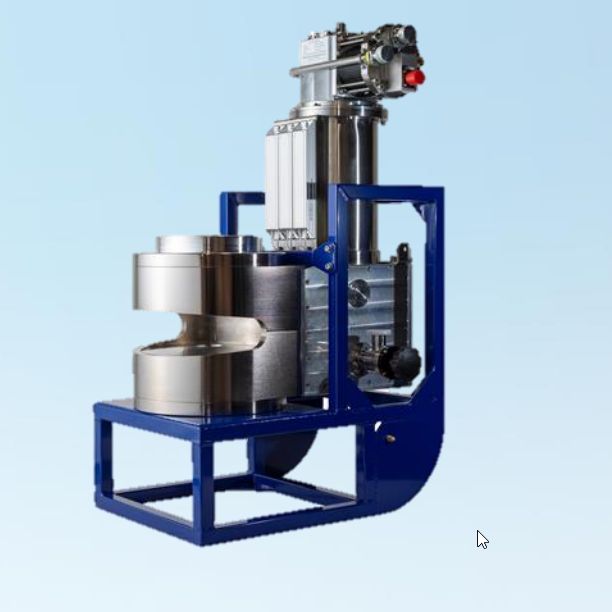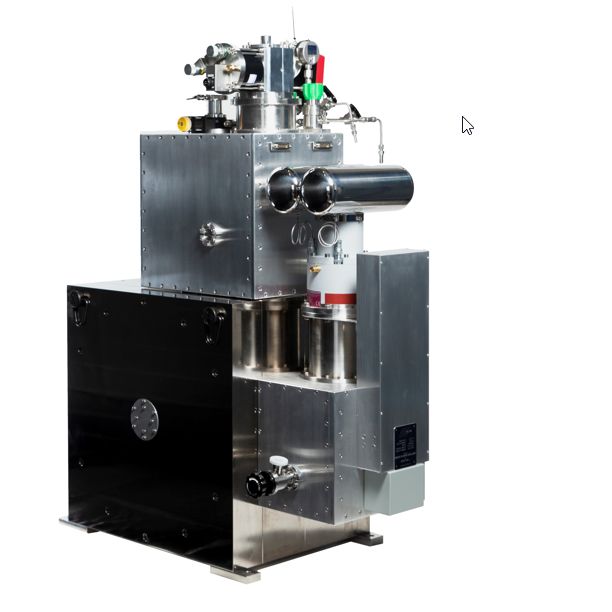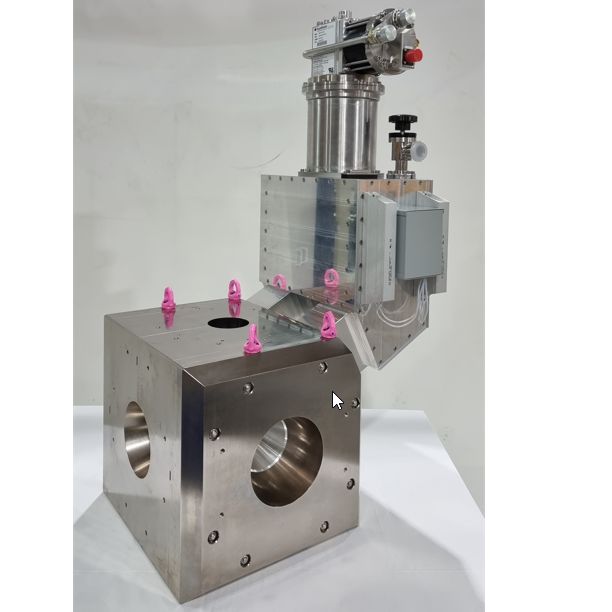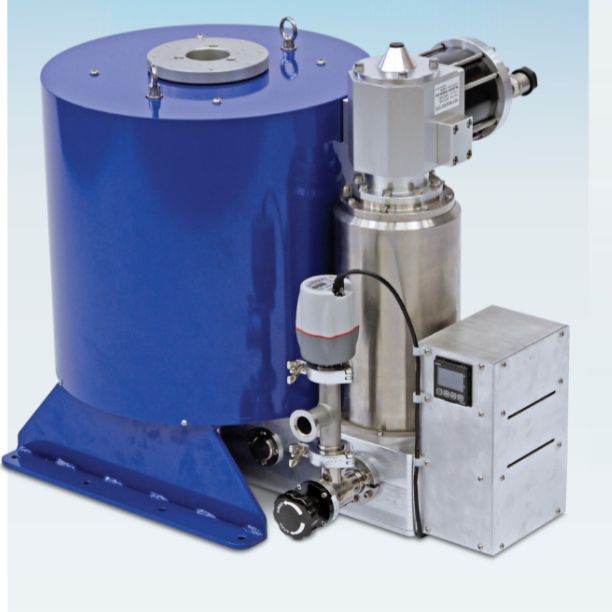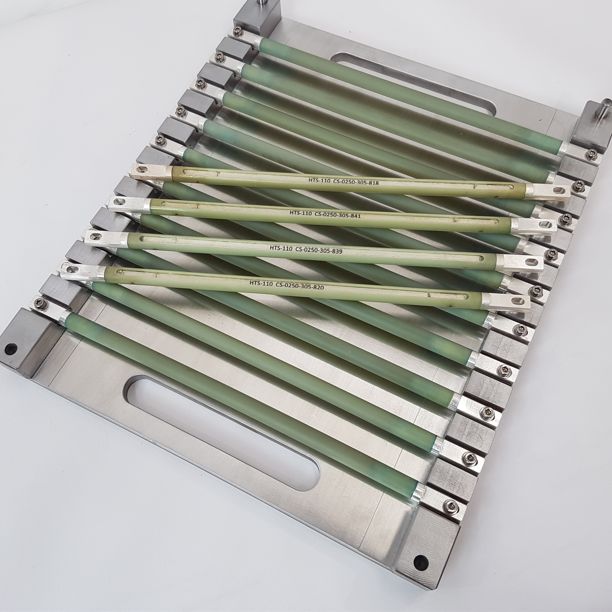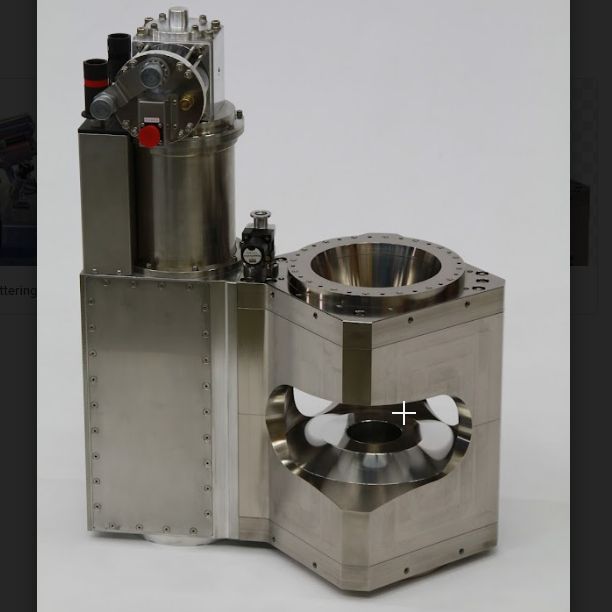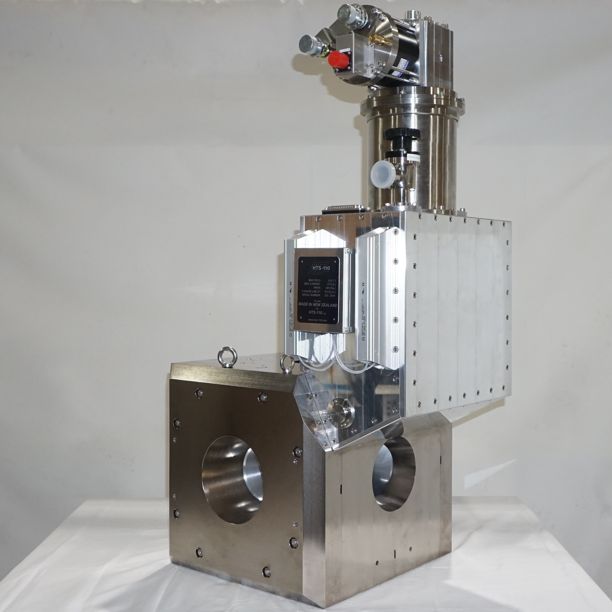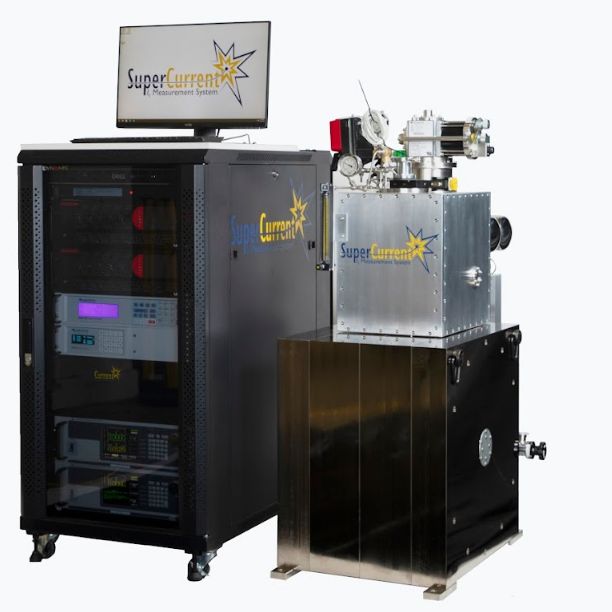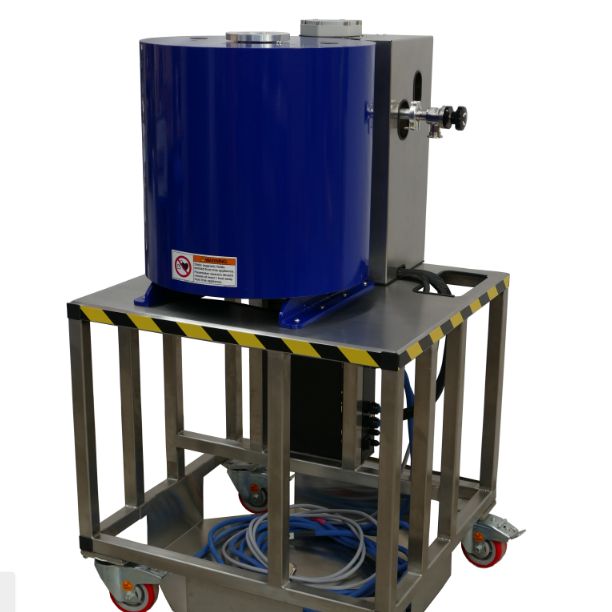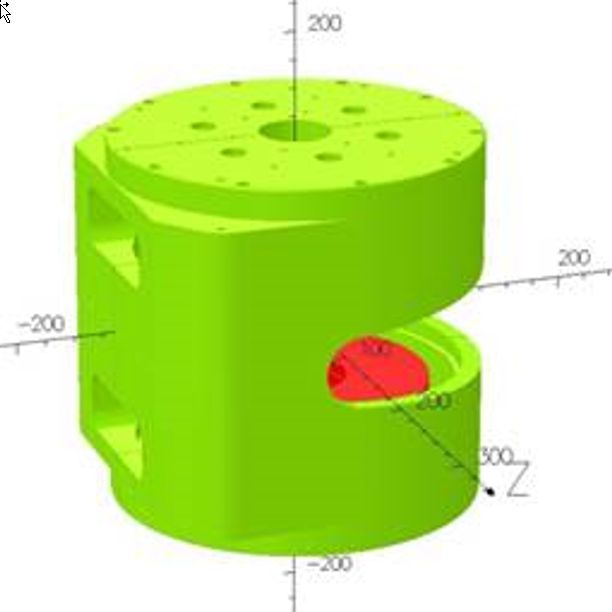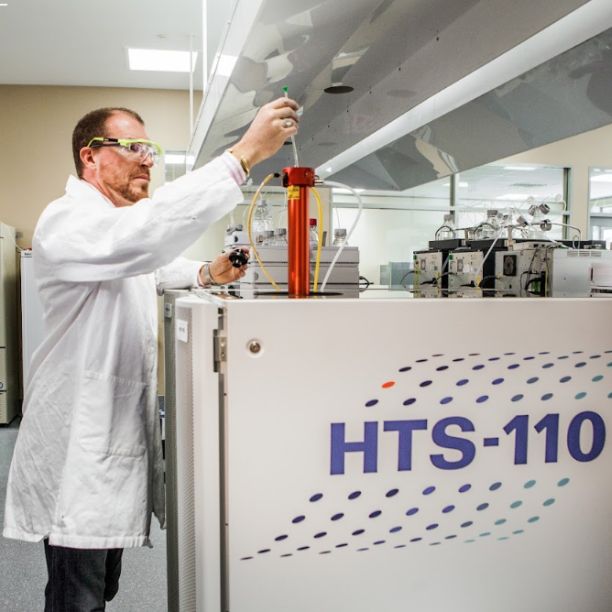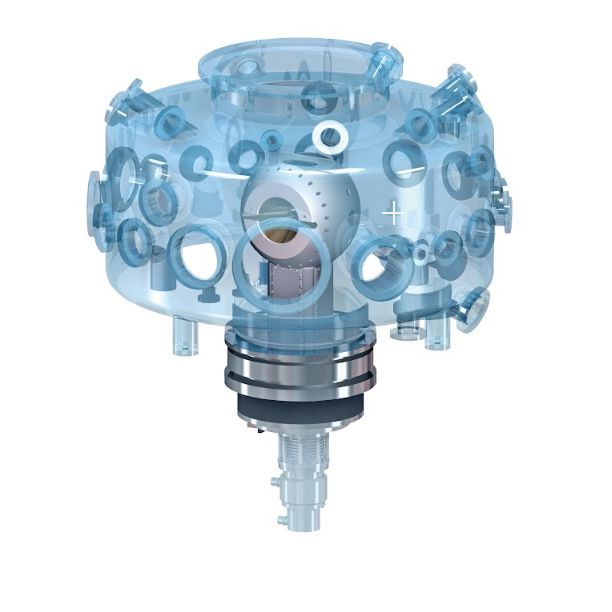Donald Pooke has co-authored this article about performance of a 400MHz NMR magnet produced by HTS-110.
You can read this journal article at Europe PMC or at Wiley Online Library.
Please note: a subscription may be needed to read the full text.
Abstract
After years towards higher field strength magnets, nuclear magnetic resonance (NMR) technology in commercial instruments in the past decade has expanded at low and high magnetic fields to take advantage of new opportunities. At lower field strengths, permanent magnets are well established, whereas for midrange and high field, developments utilize superconducting magnets cooled with cryogenic liquids. Recently, the desire to locate NMR spectrometers in nontypical NMR laboratories has created interest in the development of cryogen-free magnets. These magnets require no cryogenic maintenance, eliminating routine filling and large cryogen dewars in the facility. Risks of spontaneous quenches and safety concerns when working with cryogenic liquids are eliminated. The highest field commercially available cryogen-free NMR magnet previously reported was at 4.7 T in 2013.
Here we tested a prototype cryogen-free 9.4-T power-driven high-temperature-superconducting (HTS) magnet mated to commercial NMR spectrometer electronics. We chose a typical active pharmaceutical ingredient, to evaluate its performance towards structure elucidation. Satisfactory standard 1D and 2D homonuclear and heteronuclear NMR results were obtained and compared with those from a standard 9.4-T cryogenically cooled superconducting NMR instrument.
The results were similar between both systems with minor differences. Further comparison with different shims and probes in the HTS magnet system confirmed that the magnet homogeneity profile could be matched with commercially available NMR equipment for optimal results. We conclude that HTS magnet technology works well providing results comparable with those of standard instruments, leading us to investigate additional applications for this magnet technology outside a traditional NMR facility.
Back to all News